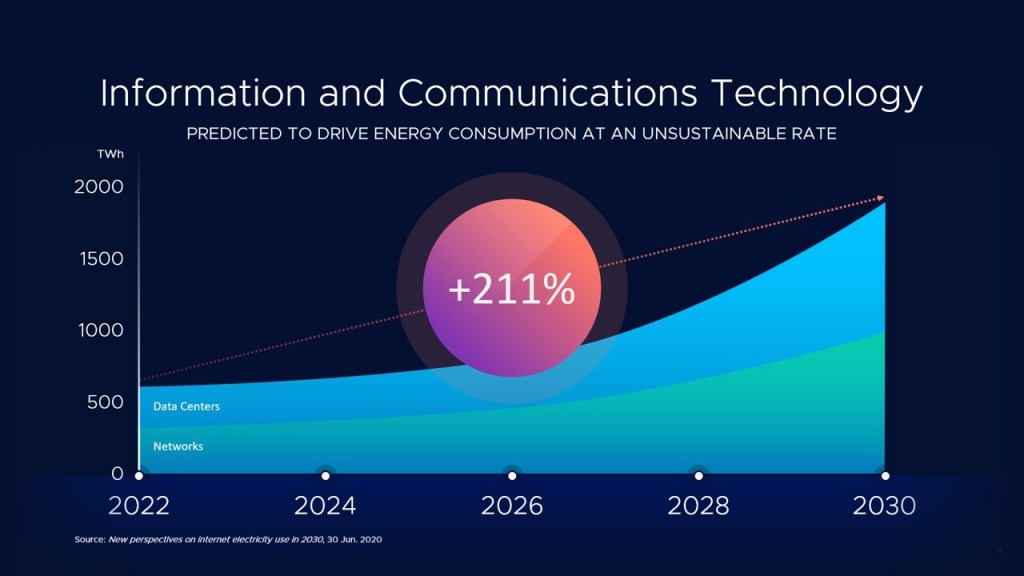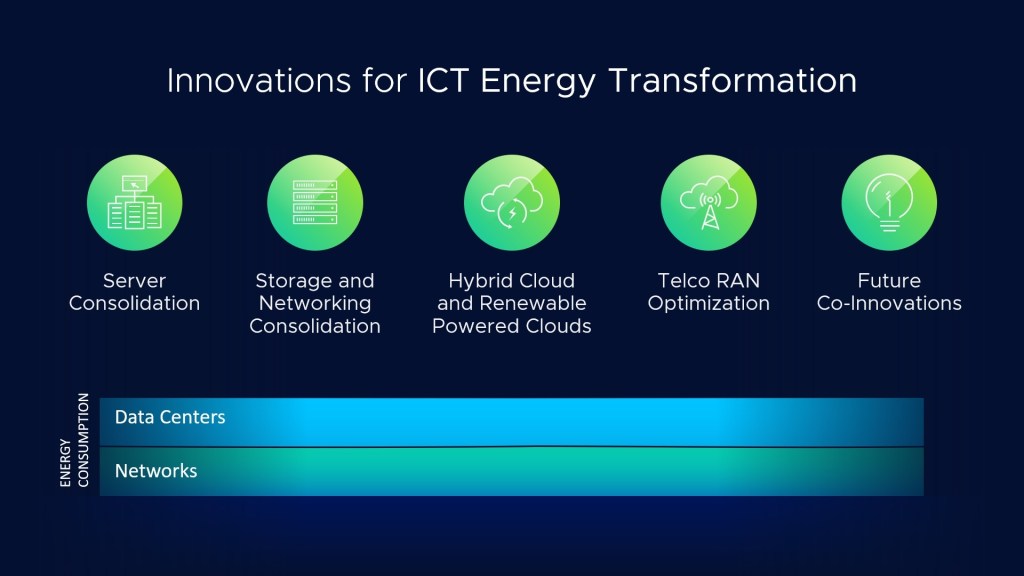Energy and climate are, of course, two sides of the same coin. And on both fronts, the news is dire. Between a growing energy crisis in Europe and likely failed efforts to prevent global warming beyond 1.5 degrees Celsius (2.7 degrees Fahrenheit) by 2030, we find ourselves at an inflection point.
While the causes of these two interconnected crises are too numerous to mention, things like energy dependency, policy decisions, indecision, and geopolitical issues are top of mind. Though it might be tempting to simply throw our hands up in defeat — we know the cost of that action is too steep.
Even now, the European energy crisis is creating a situation where consumers are paying up to 15 times what energy costs in the United States, some of whom are spending up to half of their disposable income on energy1. So the situation there is creating growing quality of life consequences and unrest.

At the same time, UNEP’s annual Emissions Gap finds earth is set to blow past a safe temperature threshold by more than a degree2. In fact, current policies will lead to a 2.8 degrees Celsius rise by the end of this century. Now scientists say if we are to reach our goal, global emissions must be cut by 50% by 2030.
“We had our chance to make incremental changes, but that time is over,” says Inger Anderson, Executive Director of the United Nations Environment Programme. “Only a root-and-branch transformation of our economies and societies can save us from accelerating climate disaster.”
That’s about as unambiguous as it gets. Our collective relationship with energy needs to transform, and Greenhouse gas emissions must fall –– and it’s going to take all of us, especially those in the Information and Communications Technology (ICT) sector, to step up.

Let’s take a closer look at our industry for just a moment.
- The ICT sector consumes more than 7% of the world’s electricity, with global usage expected to be 13% by 20303.
- Energy consumption in the Telco space is ramping up rapidly. RAN (Radio Access Networks) will consume roughly 55% of the Telco’s power by 20254
- Edge Computing, as a major growth area, will see a big increase in energy consumption, especially in manufacturing, leading to increased CO2 emissions
There’s no question we’re at an inflection point. However, the silver lining with crises like these is that often they serve as the best catalyst for change. Case in point, the world found itself in an oil crisis in the early 1970’s. Macroeconomic issues, production declines, and embargos boiled over, creating what came to be known as the “first oil shock.” While there is no doubt those long lines at the pump and high gas prices created headaches around the world, something good actually came from it. At that time in the United States, most vehicles were considered “gas guzzlers.” Almost immediately following this crisis, there was a shift in consumer preference to lighter, more fuel-efficient vehicles — and where consumers go, so do manufacturers.
Now that we find ourselves up against another global dilemma, I hope we see the silver-lining effect in action again. Because until recently, the ICT sector has only really focused on virtualization and hardware efficiencies to achieve lower carbon and energy usage. Often overlooked are things like environment optimization and utilization, carbon reporting, storage and network consolidation, and dynamically shifting workloads to renewable energy-powered clouds.
And perhaps our biggest tool in this situation — co-innovation. It's one of the driving forces behind VMware's Zero Carbon Committed, a partnership program that connects customers with providers well-positioned to help them reach sustainability and supply chain decarbonization goals.
Growing data center workloads and the exponential shift in internet traffic show no signs of slowing. That reality means that we as a community have a big responsibility when it comes to sustainability and reducing energy consumption. And while our extended ecosystem will continue to use resources as we build solutions at the edge of what’s possible, one question does remain — what will this community commit to, to accelerate these much-needed changes?

2 https://www.unep.org/resources/emissions-gap-report-2022
3 https://ec.europa.eu/commission/presscorner/detail/en/QANDA_22_6229
